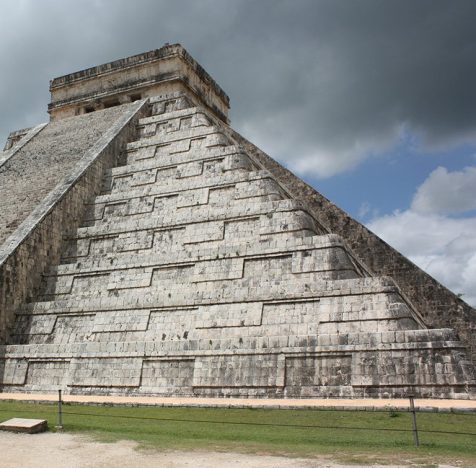Archaeological Materials

Unearthing the Past, Informing the Present
Materials are central to the human experience, vital to how people navigate the present and design the future. Materials are also records of a shared human past, which is the focus of archaeology. Archaeological materials researchers apply materials science tools and techniques to unlock the past. They use microscopy, X-ray diffraction, and other advanced techniques to understand the composition and structure of archaeological materials such as pottery, jewelry, stone and metal tools, murals, and monuments. They use the same analytic techniques to study ancient organic materials such as flora, fauna, and soils. The results help unravel the ways past peoples manipulated matter and how their natural and cultural environments influenced technical and materials choices. These insights can also help inform the development of new materials and technologies for the future while deepening understanding of the past.
The Temple of Kukulcan, at Chichen Itza in Mexico's Yucatan state, was built by the Maya people between the 8th and 12th centuries CE.
Archaeological Materials Research at DMSE
DMSE has a long history of conducting research on archaeological materials using materials science techniques. Researchers have, for example, investigated materials processing technologies in the ancient Americas, using electron microscopy to analyze the composition and microstructure of ancient ceramics and metals. They have combined metallurgical analysis and ethnographic research to elucidate the techniques used by the ancient Inca to produce tumbaga, an alloy of copper and gold. DMSE’s archaeological teams also study glass, ceramics, and other materials used by ancient civilizations.





